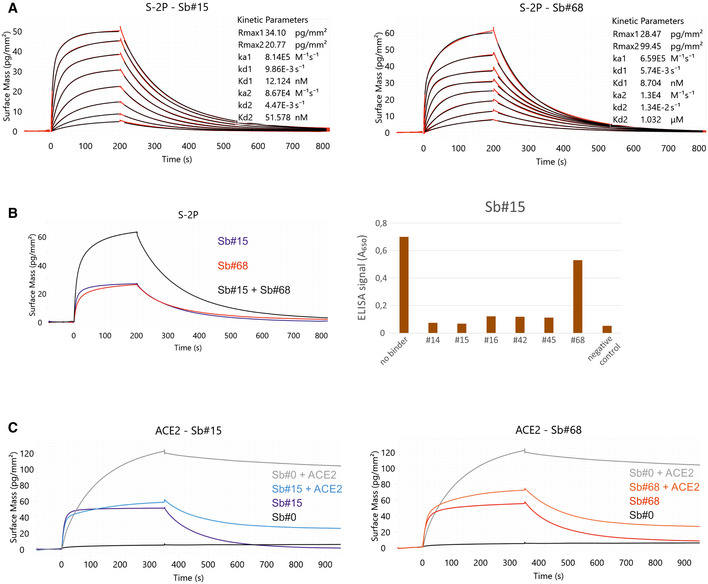Figure 1. Sybodies Sb#15 and Sb#68 bind non‐overlapping epitopes on the spike protein, and inhibit ACE2 binding.

- Affinity determination of Sb#15 and Sb#68 against the immobilized spike protein (S‐2P) using GCI. The data were fitted using a heterogeneous ligand model.
- Left, GCI epitope‐binning experiment showing Sb#15 (blue), Sb#68 (red), and their combination (black) against immobilized spike protein (S‐2P). Since both sybodies were present at saturating concentrations, the increased amplitude is indicative of simultaneous binding. Right, ELISA experiment confirming dual‐binding of Sb#15 and Sb#68. Myc‐tagged Sb#15 was immobilized on an anti‐myc antibody‐coated ELISA plate, followed by exposure of biotinylated RBD, which was premixed with tag‐less sybodies (indicated on the x‐axis).
- Competition of sybodies and ACE2 for spike protein binding, investigated by GCI. Biotinylated spike protein was immobilized on the GCI sensor and then Sb#15 (200 nM, left), or Sb#68 (200 nM, right) were injected alone or premixed with human ACE2 (100 nM). Sb#0 represents a non‐randomized control sybody.
